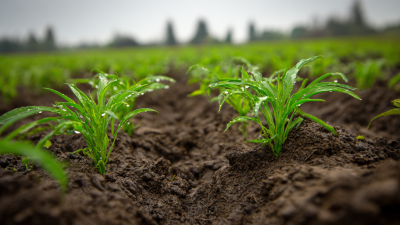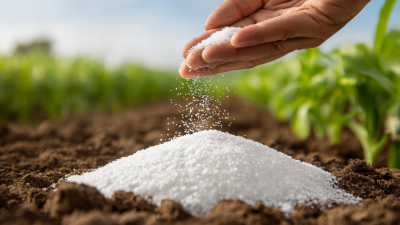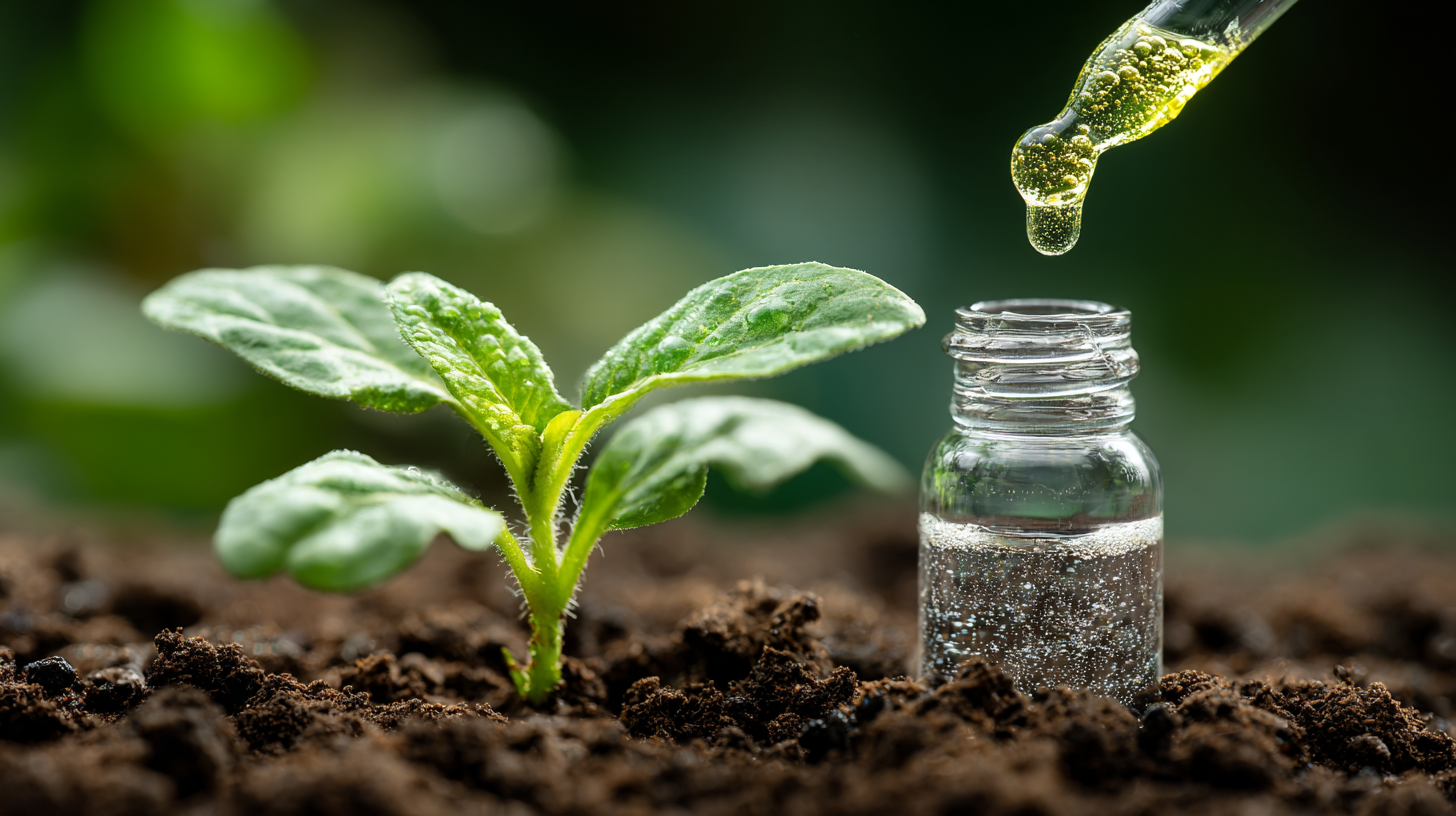 Water Soluble Liquid Fertilizer has become an essential tool for gardeners and plant enthusiasts alike, offering a range of advantages that can dramatically enhance plant growth and health. In a world where every detail counts, understanding how to effectively utilize this type of fertilizer can make all the difference in achieving lush, thriving greenery. This blog will delve into the various benefits of Water Soluble Liquid Fertilizer, exploring its ease of application, rapid absorption rates, and tailored nutrient delivery, which can cater to the specific needs of different plant types. Whether you're nurturing delicate seedlings or maintaining established garden beds, mastering the use of Water Soluble Liquid Fertilizer can elevate your gardening game, leading to vibrant blooms and bountiful harvests.
Join us as we unravel the techniques and tips to maximize the potential of this versatile fertilizer in your gardening routine.
Water Soluble Liquid Fertilizer has become an essential tool for gardeners and plant enthusiasts alike, offering a range of advantages that can dramatically enhance plant growth and health. In a world where every detail counts, understanding how to effectively utilize this type of fertilizer can make all the difference in achieving lush, thriving greenery. This blog will delve into the various benefits of Water Soluble Liquid Fertilizer, exploring its ease of application, rapid absorption rates, and tailored nutrient delivery, which can cater to the specific needs of different plant types. Whether you're nurturing delicate seedlings or maintaining established garden beds, mastering the use of Water Soluble Liquid Fertilizer can elevate your gardening game, leading to vibrant blooms and bountiful harvests.
Join us as we unravel the techniques and tips to maximize the potential of this versatile fertilizer in your gardening routine.
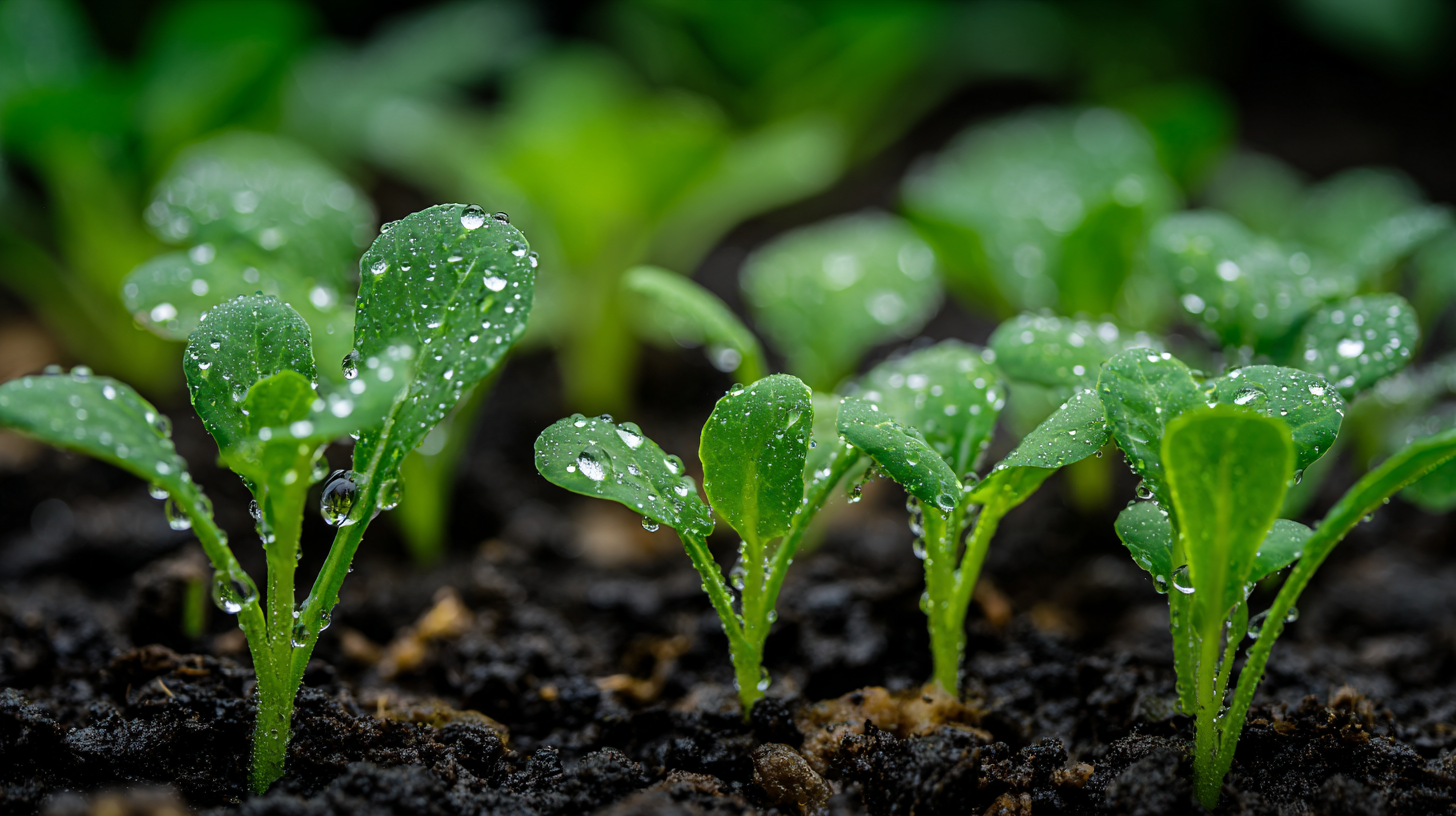 Water-soluble liquid fertilizers come in various types, each designed to meet specific plant nutrient needs. Among the most common are nitrogen-based fertilizers, which are crucial for promoting vigorous growth and lush, green foliage. These fertilizers typically contain high levels of nitrogen in the form of urea or ammonium, allowing for rapid absorption by plants. This quick uptake ensures that essential growth processes, like photosynthesis, can occur effectively, making them ideal for fast-growing crops.
Water-soluble liquid fertilizers come in various types, each designed to meet specific plant nutrient needs. Among the most common are nitrogen-based fertilizers, which are crucial for promoting vigorous growth and lush, green foliage. These fertilizers typically contain high levels of nitrogen in the form of urea or ammonium, allowing for rapid absorption by plants. This quick uptake ensures that essential growth processes, like photosynthesis, can occur effectively, making them ideal for fast-growing crops.
Another important category is phosphorus-rich fertilizers, which play a vital role in root development and flower production. Phosphorus is essential for energy transfer within the plant, and water-soluble options contain formulations like monoammonium phosphate (MAP) or diammonium phosphate (DAP). Using these fertilizers can significantly enhance a plant's ability to establish strong roots and produce vibrant blooms.
Finally, potassium-containing water-soluble fertilizers support overall plant health and stress resistance. Potassium regulates various physiological processes, such as water uptake and enzyme activation. With options like potassium sulfate or potassium nitrate, gardeners can provide their plants with the nutrients needed to thrive under different environmental conditions and maximize yield.
Water-soluble liquid fertilizers have gained popularity among gardeners and plant enthusiasts for their distinct advantages in promoting plant growth. One of the primary benefits is their rapid absorption. Unlike granular fertilizers that can take time to break down and release nutrients, water-soluble options deliver nutrients directly to the plant roots through the soil or via foliar application. This immediate availability can lead to noticeable improvements in plant health and vigor, allowing for quicker green-ups and growth spurts.
Another significant advantage is the precise control they offer in nutrient management. Gardeners can easily adjust the concentration of the fertilizer solution, tailoring it to the specific needs of their plants at various growth stages. This flexibility helps avoid over-fertilization and minimizes waste, ensuring that the plants receive just the right amount of nutrients at the right time. Additionally, many water-soluble fertilizers are designed to provide a balanced mix of macronutrients and micronutrients, supporting overall plant health and resilience against pests and diseases. By incorporating water-soluble liquid fertilizers into regular plant care routines, gardeners can create optimal growing conditions for their greenery.
Water-soluble liquid fertilizers
offer a convenient and efficient way to nourish plants, ensuring they receive essential nutrients in a readily available form. Proper application is key to maximizing their benefits. To begin, it's important to dilute the fertilizer according to the manufacturer's instructions, as concentrated solutions can damage plant roots.
Using a garden sprayer or watering can, apply the solution directly to the soil, allowing it to seep down to the roots where it's needed most.
Timing also plays a crucial role in application.
Early morning or late afternoon is ideal, as cooler temperatures reduce evaporation and allow for better absorption. Additionally, water-soluble fertilizers can be applied during the growing season when plants are most active, supporting their growth and improving yields. Regular monitoring of plant health will help determine the frequency of application, as over-fertilization can lead to nutrient runoff and environmental issues.
By following these guidelines, you can effectively utilize water-soluble liquid fertilizers to enhance your plants’ vitality and resilience.
Water-soluble liquid fertilizers are becoming increasingly popular among gardeners for their effectiveness and ease of use. These fertilizers dissolve quickly in water, allowing for rapid nutrient uptake by plants. Whether you’re nurturing houseplants or a vibrant garden, choosing the right water-soluble fertilizer can significantly impact plant growth and overall health.
When selecting a water-soluble liquid fertilizer, consider the specific needs of your plants. Look for formulations that are tailored to particular types of plants, such as flowering plants, vegetables, or houseplants. Additionally, pay attention to the N-P-K ratio (nitrogen, phosphorus, and potassium), as these nutrients play vital roles in plant development. During the growing season, typically from March to September, ensure that you are fertilizing regularly to support healthy growth.
Another tip is to check the label for additional micronutrients that can enhance your fertilizer's effectiveness. Many plants benefit from extra nutrients like calcium, magnesium, or iron, which can help prevent deficiencies. Always follow the recommended application rates to avoid over-fertilizing, which can harm your plants rather than help them thrive. Proper timing and application are crucial for maximizing the benefits of water-soluble fertilizers, ensuring your garden flourishes.
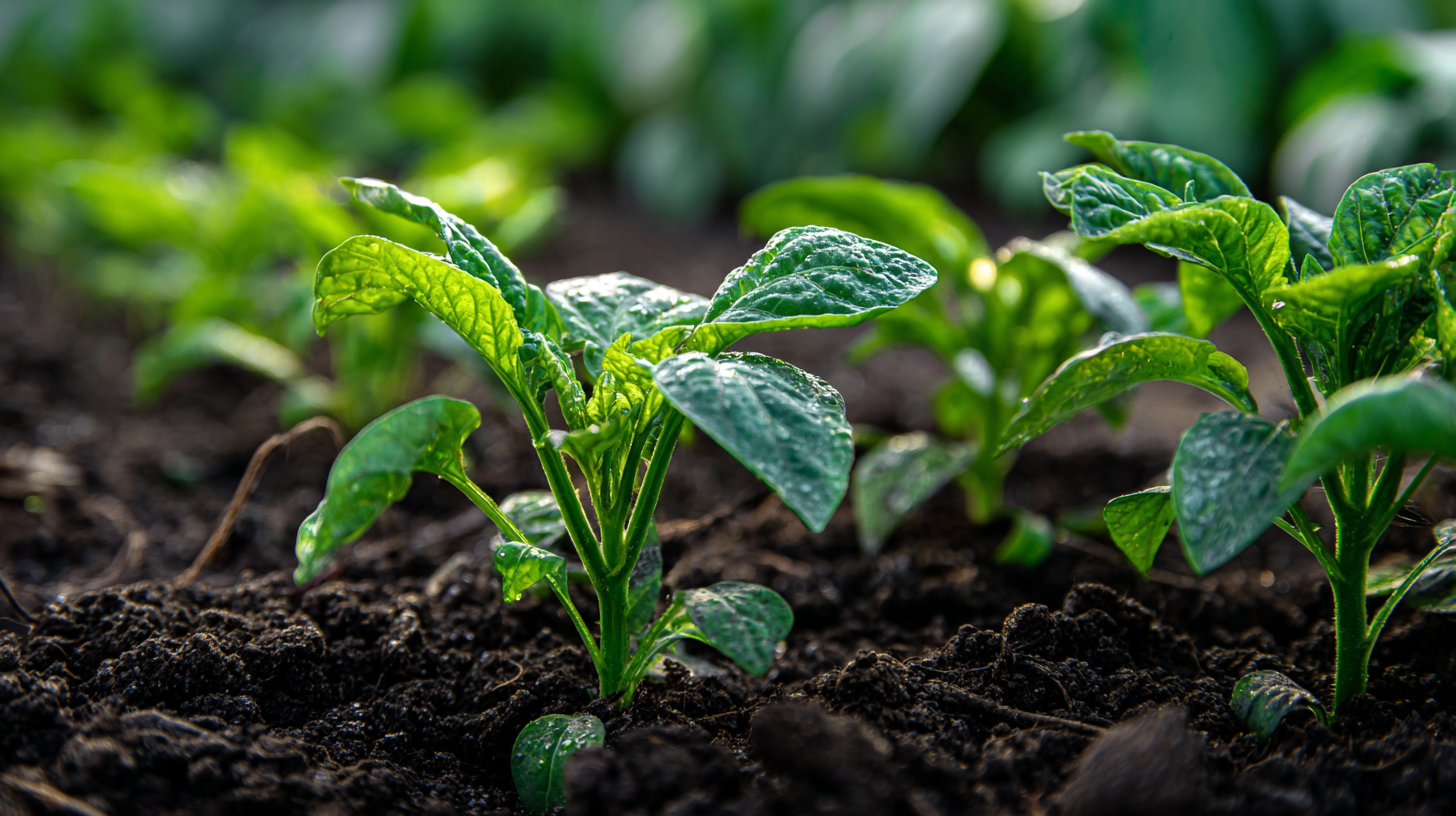
When using water soluble liquid fertilizers, gardeners often make a few key mistakes that can hinder plant growth and reduce the effectiveness of their nutrients. One common error is over-diluting the fertilizer. Many assume that more is always better, but using overly diluted solutions can lead to nutrient deficiencies. It's essential to follow the manufacturer's instructions regarding mixing ratios for optimal results. A balance must be struck to ensure plants receive adequate nutrients without overwhelming them.
Another mistake is applying fertilizers too frequently. While plants do need regular feeding, excessive applications can lead to nutrient buildup in the soil which can harm plant roots and alter the soil pH. Instead of frequent applications, it’s beneficial to establish a consistent feeding schedule based on the specific needs of your plants.
Lastly, timing the application is crucial. Applying fertilizers during a plant’s dormant period or extreme weather can lead to wasted nutrients and poor absorption. Understanding when and how to use these fertilizers can significantly impact your garden's health and productivity.



